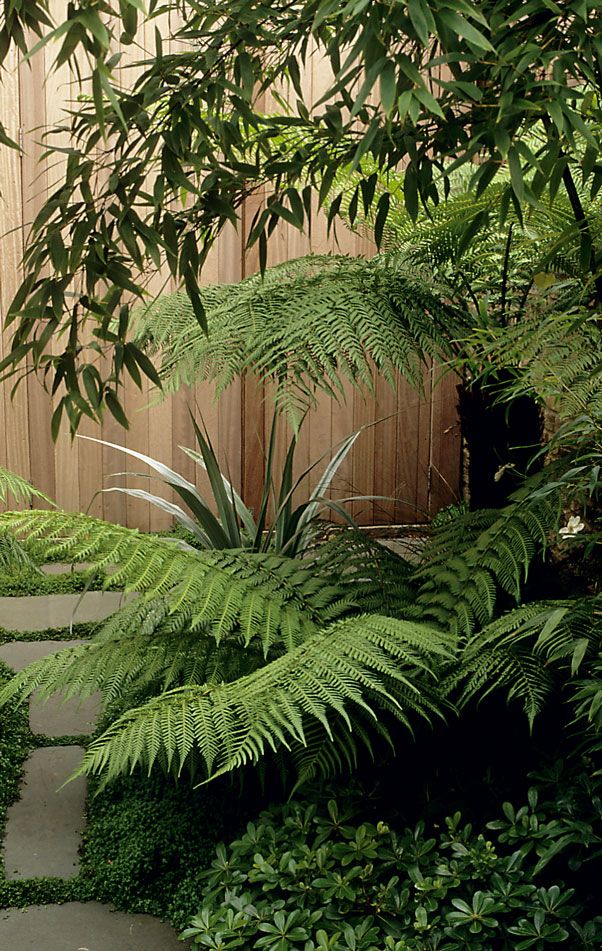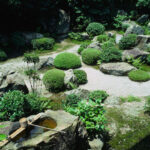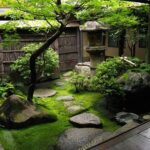Japanese gardens are known for their peaceful and serene atmosphere, with carefully curated elements that serve as a reflection of nature. The art of Japanese garden design has a rich history, dating back to the 7th century when the first gardens were created in Japan. Over the centuries, Japanese garden design has evolved and developed its own unique principles and elements that have had a profound influence on garden design all over the world.
One of the key principles of Japanese garden design is creating harmony between nature and human intervention. Japanese gardens are designed to mimic natural landscapes, with carefully placed rocks, water features, and plants that evoke a sense of tranquility and balance. This principle, known as “wabi-sabi,” embraces imperfections and the passage of time, creating a sense of beauty that is both simple and understated.
Another important principle of Japanese garden design is the concept of “borrowed scenery,” known as “shakkei.” This principle involves incorporating the surrounding landscape into the garden design, using trees, hills, and other elements to create a sense of depth and perspective. By cleverly positioning elements within the garden, designers can create the illusion of an expansive landscape that extends beyond the confines of the garden itself.
In addition to these principles, Japanese gardens are also known for their use of specific elements that have symbolic significance. Rocks are often used to represent mountains, while water features such as ponds and streams symbolize the sea or rivers. Plants, such as cherry blossoms and maple trees, are carefully selected for their beauty and seasonal changes, with each plant chosen for its symbolic meaning.
One of the most iconic elements of Japanese garden design is the use of bridges, lanterns, and gates, which serve as focal points within the garden. Bridges are often used to connect different areas of the garden, creating a sense of movement and transition. Lanterns are used to provide lighting and create a sense of atmosphere, while gates serve as a symbolic entrance to the garden, inviting visitors to pause and reflect before entering.
Overall, the art of Japanese garden design is a careful balance of nature and human intervention, with each element chosen for its symbolic meaning and aesthetic beauty. By following the principles of balance, simplicity, and harmony, Japanese gardens create a sense of tranquility and serenity that is truly unique. Whether you are a fan of garden design or simply appreciate the beauty of nature, Japanese gardens are a timeless and inspiring art form that is sure to captivate and inspire.




















